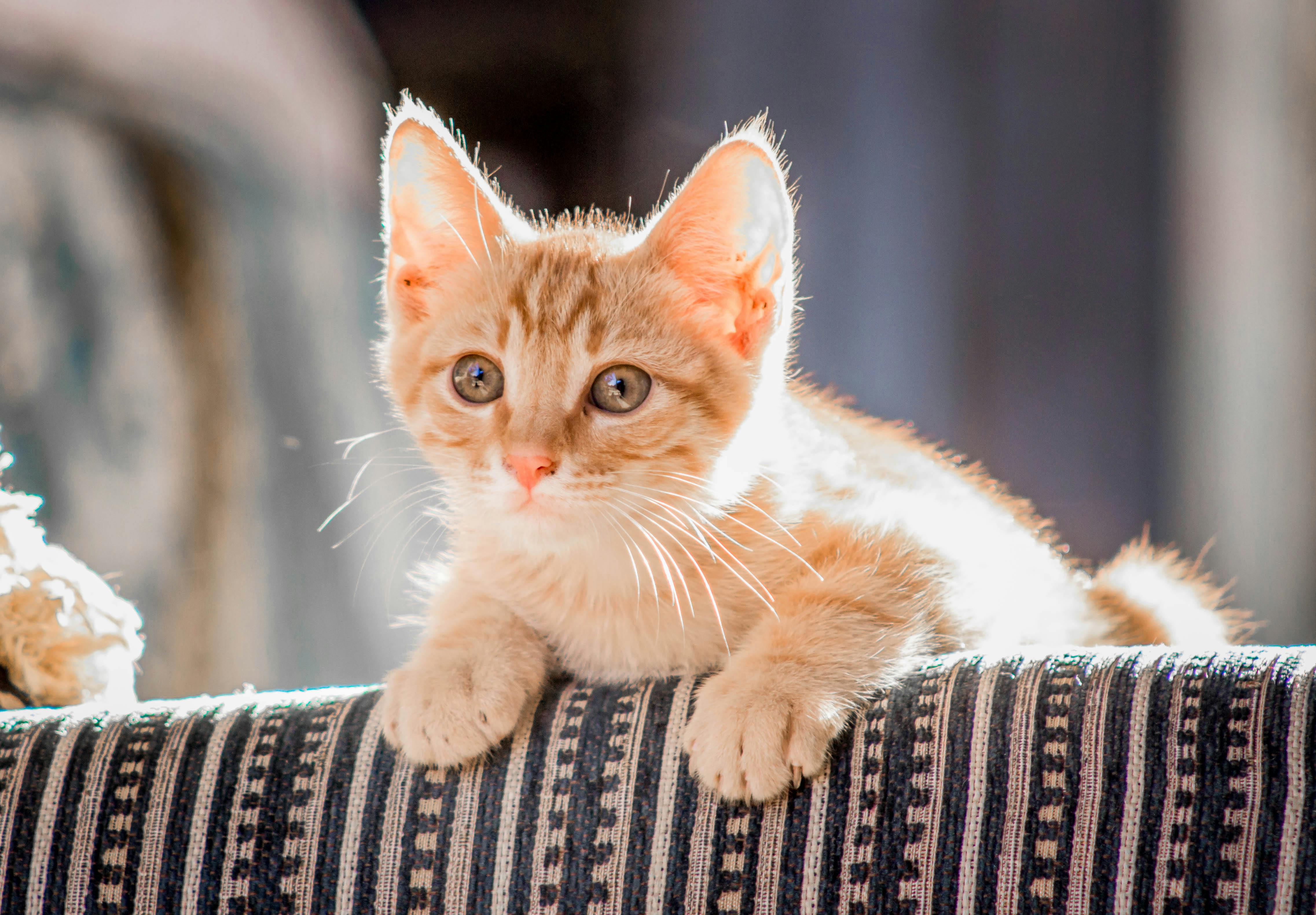
Apply Now


Effective Ways to Use Pizzacake Comics in 2025
Introduction to Pizzacake Comics
Pizzacake comics are charming blends of humor and storytelling that revolve around everyone's favorite foods: pizza and cake. These whimsical pizza tales often come in various formats including comic strips, graphic novels, and illustrated recipes, so they appeal to a wide audience, from children to adult pizza lovers. As 2025 approaches, the use of pizzacake illustrations is evolving, becoming an essential tool for both entertainment and education. These comics offer creative ways to engage with food culture, bringing joy and laughter through culinary adventures. By incorporating humorous pizza stories in various settings—such as children's literature, family gatherings, or even cooking demonstrations—these comics have the power to spark conversations and laughter alike. In this article, we'll explore the effective ways to utilize pizzacake comics in 2025, touching on their benefits, unique features, and the burgeoning trend of integrating humor into food storytelling.The Benefits of Pizzacake Comics
Utilizing pizzacake comics provides several advantages for creators and audiences alike. First and foremost, they deliver enjoyment and laughter. Humorous pizza anecdotes and funny pizza moments can turn simple gatherings into memorable events, whether it’s a pizza party or a family meal. These comics also serve educational purposes, helping to teach children about cooking and nutrition through entertaining formats. In addition, pizza-themed graphic novels can be appealing to a broader readership, crossing cultural boundaries. For instance, international pizza comics celebrate the variety of culinary practices around the world, introducing readers to unique pizza styles and traditions. As food adventure comics continue to rise in popularity, the connection between humor and food culture becomes increasingly relevant, offering deeper insights into culinary storytelling techniques.Creative Uses of Pizzacake Illustrations in Storytelling
Incorporating Humor in Food Education
Using pizzacake comics in food education can create a fun atmosphere for learning. Educational materials can incorporate exaggerated pizza characters and whimsical scenarios that will capture students' imaginations. For example, comic strips can highlight cooking tips through engaging narratives featuring cartoon pizza chefs who get into hilarious predicaments while attempting to create gourmet pizza. Moreover, food humor analysis reveals that children respond positively to humor, making pizza jokes and humorous illustrations effective tools for teaching about healthy eating habits and food preparation. Parents and educators can leverage these lively narratives to make lessons both enjoyable and memorable.Enhancing Family Gatherings with Pizzacake Comics
Family gatherings, especially around meal times, are an excellent opportunity to engage everyone with pizzacake comics. These comics, often shared on social media or included in family newsletters, create light-hearted interactions. Family-friendly pizza comics can serve as conversation starters, where family members share their favorite pizza memories, turning mundane dinner discussions into lively exchanges. Additionally, pizza celebrations can be enhanced through the inclusion of themed comics that illustrate relatable family situations, creating a sense of belonging and shared humor. Illustrated pizza stories not only entertain but also strengthen family bonds through storytelling, creating lasting memories that are both funny and meaningful.Engaging Children with Humorous Pizza Tales
Children’s Pizza Stories that Spark Imagination
Children are naturally drawn to visual stories, making pizzacake comics an ideal medium for their age group. Whimsical pizza tales captivate their imagination, transporting them to lands filled with adventurous pizza slice characters. Integrating colorful illustrations with humorous backstories can create a captivating narrative that inspires kids to engage more with culinary practices. Interactive elements within these stories, such as recipes embedded into the comic strips for DIY pizza-making, not only provide entertainment but also foster a hands-on learning experience. The combination of fun visual storytelling with practical cooking skills helps children understand food preparation while enjoying humorous food narratives.Creating a Community through Pizza-themed Events
Another effective use of pizzacake comics is in community-building events. Local pizza fairs and festivals can incorporate comic art styles in their branding and promotional materials to attract families and foodies alike. Hosting workshops that bring cartoonist pizza stories to life through live drawing sessions can help engage attendees, creating a fun and interactive atmosphere centered around food. Moreover, family pizza events, where different pizza recipes and interactive comic reading sessions are included, can encourage participation and connection between attendees. Everyone loves a good pizza story, and when combined with food, it enhances the overall experience, creating shared laughter and joy.Diversifying Pizza Comics: From Concept to Creation
Pizza Characters and Design Principles
To create engaging pizzacake comics, understanding pizza character design is crucial. Unique character traits—such as a quirky personality for a pizza slice or adventurous pizza chefs—should be incorporated to ensure relatability and charm. Engaging visuals accompanied by slice of life comics can make even the simplest pizza anecdotes intriguing. Incorporating diverse pizza cultures into character design adds depth to the stories. By showcasing characters inspired by global pizza traditions, these comics can celebrate cultural differences while uniting readers through a shared love of pizza.Experimenting with Art Styles in Pizza Comics
Exploring various art styles is vital for developing creative pizza comics. From kawaii pizza comics, which appeal to younger audiences, to sophisticated graphic novels aimed at adults, the visual approach can greatly impact the comic's reception. Experimenting with styles not only enhances storytelling but also allows creators to discover unique artistic voices and preferences. In the realm of digital art, augmented reality can integrate pizzacake illustrations into real-world environments, giving readers a truly immersive experience. This innovative approach can make the comics more relatable and engaging, as readers can visualize pizza slice stories within their own surroundings.Conclusion and Future Directions for Pizzacake Comics
Pizzacake comics have positioned themselves as a delightful medium for storytelling that bridges food culture and humor. As we venture into 2025, the potential for these comics to evolve and impact audiences grows. By utilizing them for educational purposes, family bonding, and community events, pizzacake illustrations will continue to capture hearts and inspire creativity. As we explore the intersection of culinary storytelling and comic art, future creators will uncover even more avenues for making pizza humorous, relatable, and enjoyable. Whether through graphic novels or short comic strips that depict pizza slice adventures, the future promises exciting developments for pizzacake comics that are sure to charm pizza lovers of all ages.
